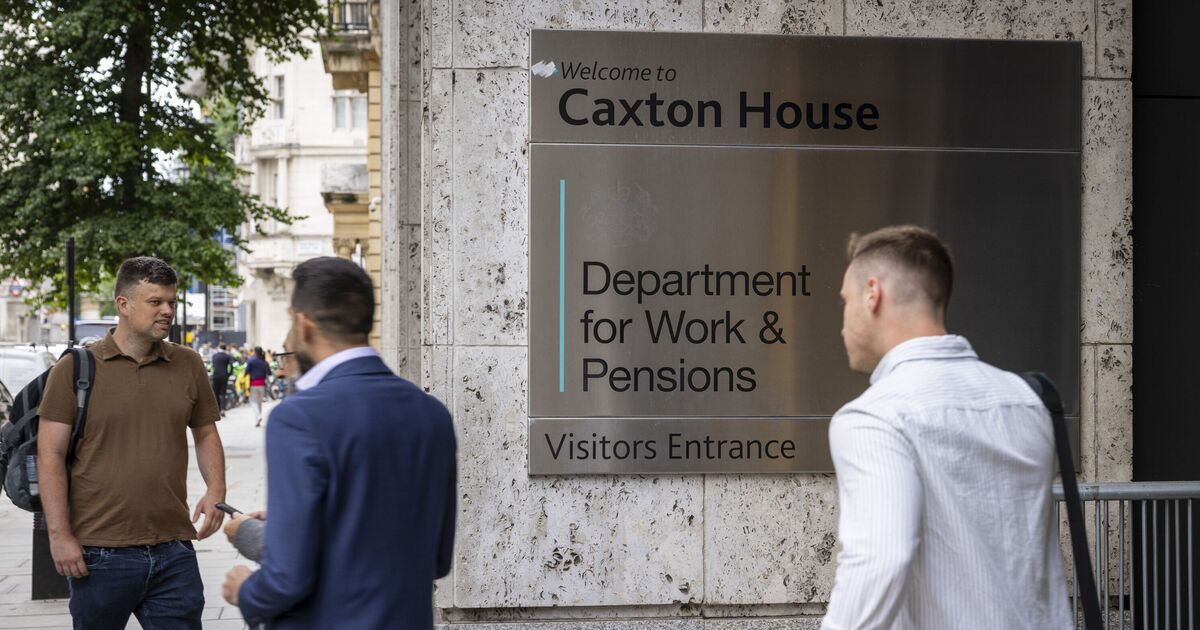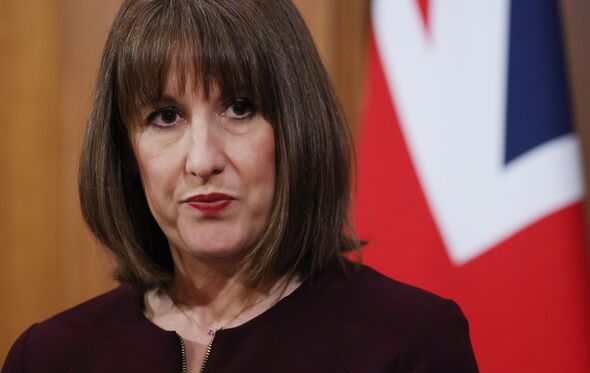
People can boost their state pension payments by filling gaps in their national insurance contribution records, the Department for Work and Pensions (DWP) has said.
The DWP is urging people to check their state pension forecast to see if they can benefit from the move.
In a new post on social media platform X, the DWP wrote: “Do you know how much state pension you’ll get?
“You may be able to get more by making Voluntary National Insurance Contributions. Check if this applies to you via the free HMRC app.”
People accumulate National Insurance (NI) years through paid work, but you can also earn them through NI credits, which are given during times of unemployment, illness, or while caring for children or family members.
To get the full new state pension, most people need around 35 years of contributions, although some may need more.
If there are gaps in your contributions – which may have occurred when credits weren’t claimed – you can boost your pension by buying extra NI years to fill those gaps.
But time is running out. People only have until April 2025 to fill gaps for missing years dating back to 2006. After that, you’ll only be able to make contributions for the last six tax years, potentially losing out on thousands of pounds in future pension income.
That said, buying back missing NI years isn’t always the right move for everyone, so it’s important to check your state pension forecast and weigh up the options before making any decisions.
People can see if they’d benefit by checking their National Insurance record and state pension forecast on the GOV.UK website.
HM Revenue and Customs (HMRC) and the Department for Work and Pensions (DWP) also offer an online state pension forecast service to help people calculate if they’ll benefit from making voluntary contributions.
State pension rates 2025
State pension rates will increase in April 2025 under the Government’s triple lock policy.
Under the “triple lock“, the state pension rises each April in line with the highest of three measures: average wage growth between May and July, CPI inflation in September, or 2.5 percent.
Wage growth saw the largest increase among the three triple lock metrics last year at 4%, making it the metric used to determine the pension increase.
Based on the increase, the new rates set to come into effect in April will be:
New State Pension
Old/Basic State Pension
- Category A or B Basic State Pension: £176.45 per week (from £169.50)
- Category B (lower) Basic State Pension – spouse or civil: £105.70 per week (from £101.55)
- Partner’s insurance: £103.30 per week (from £101.55)
- Category C or D – non-contributory: £103.30 per week (from £101.55).



















